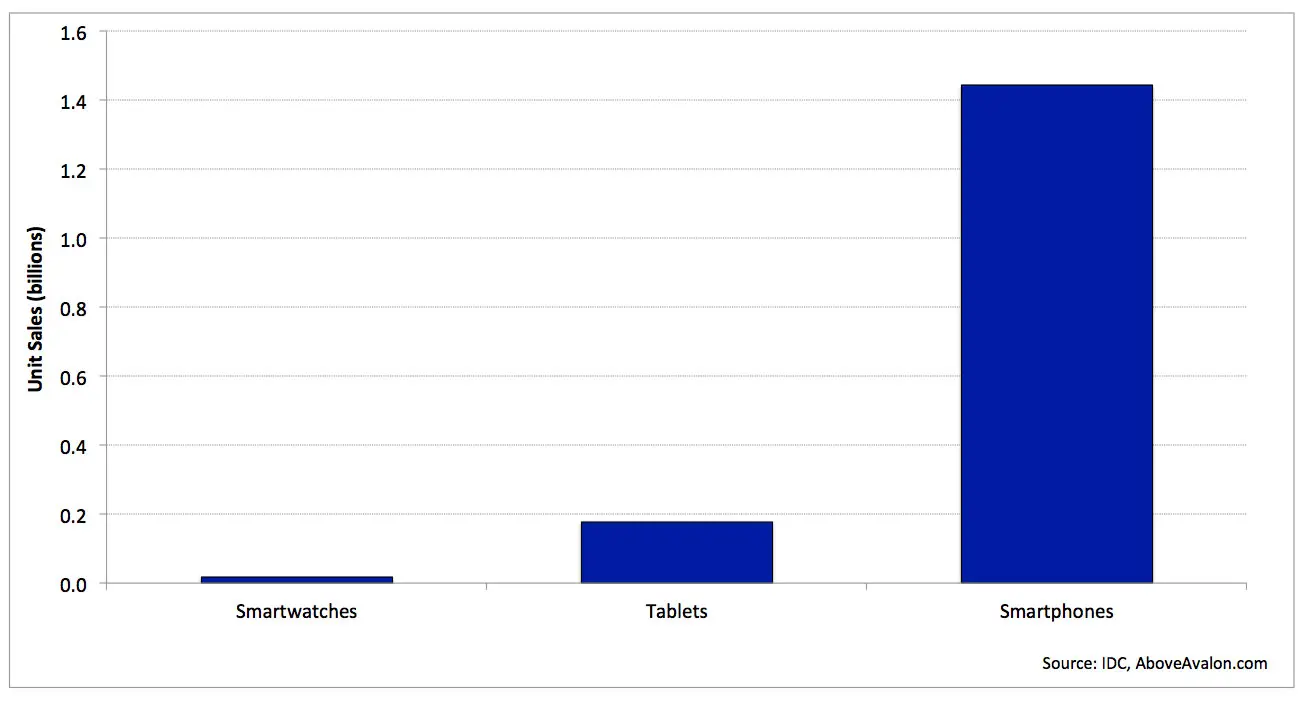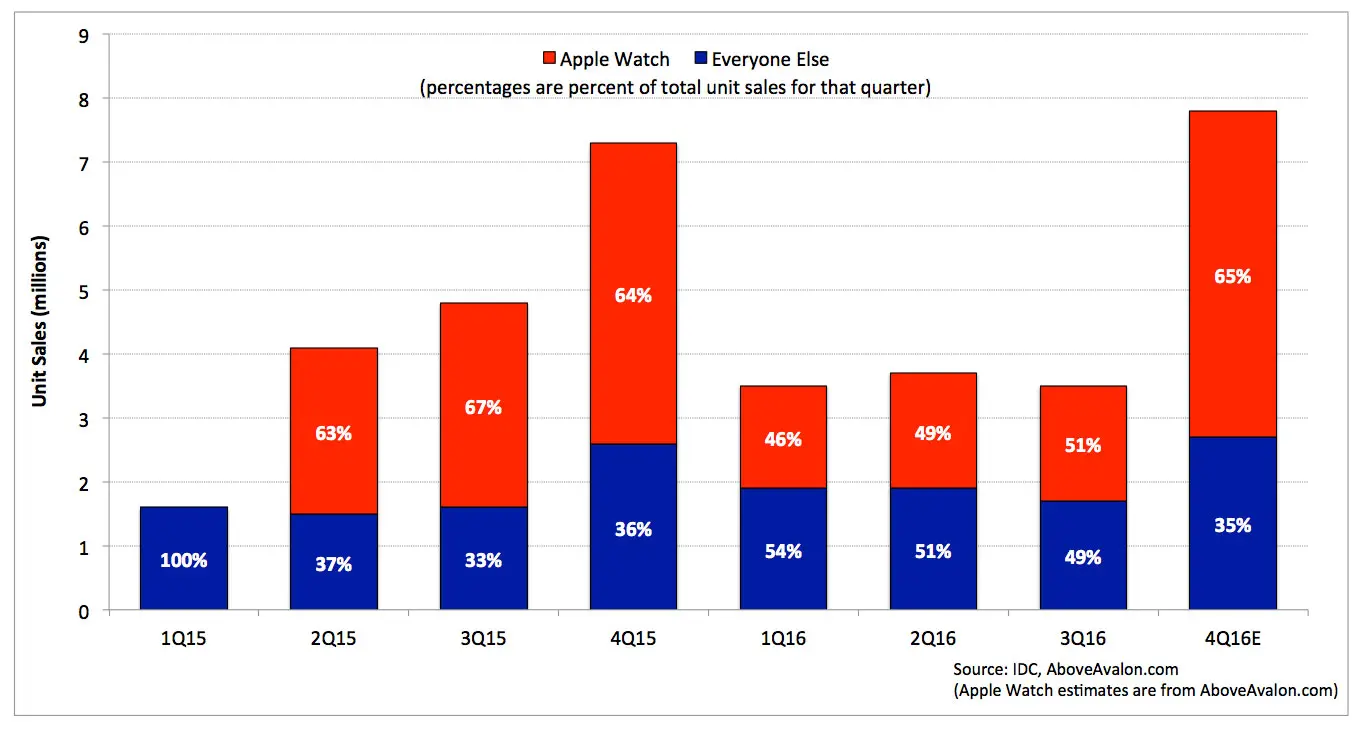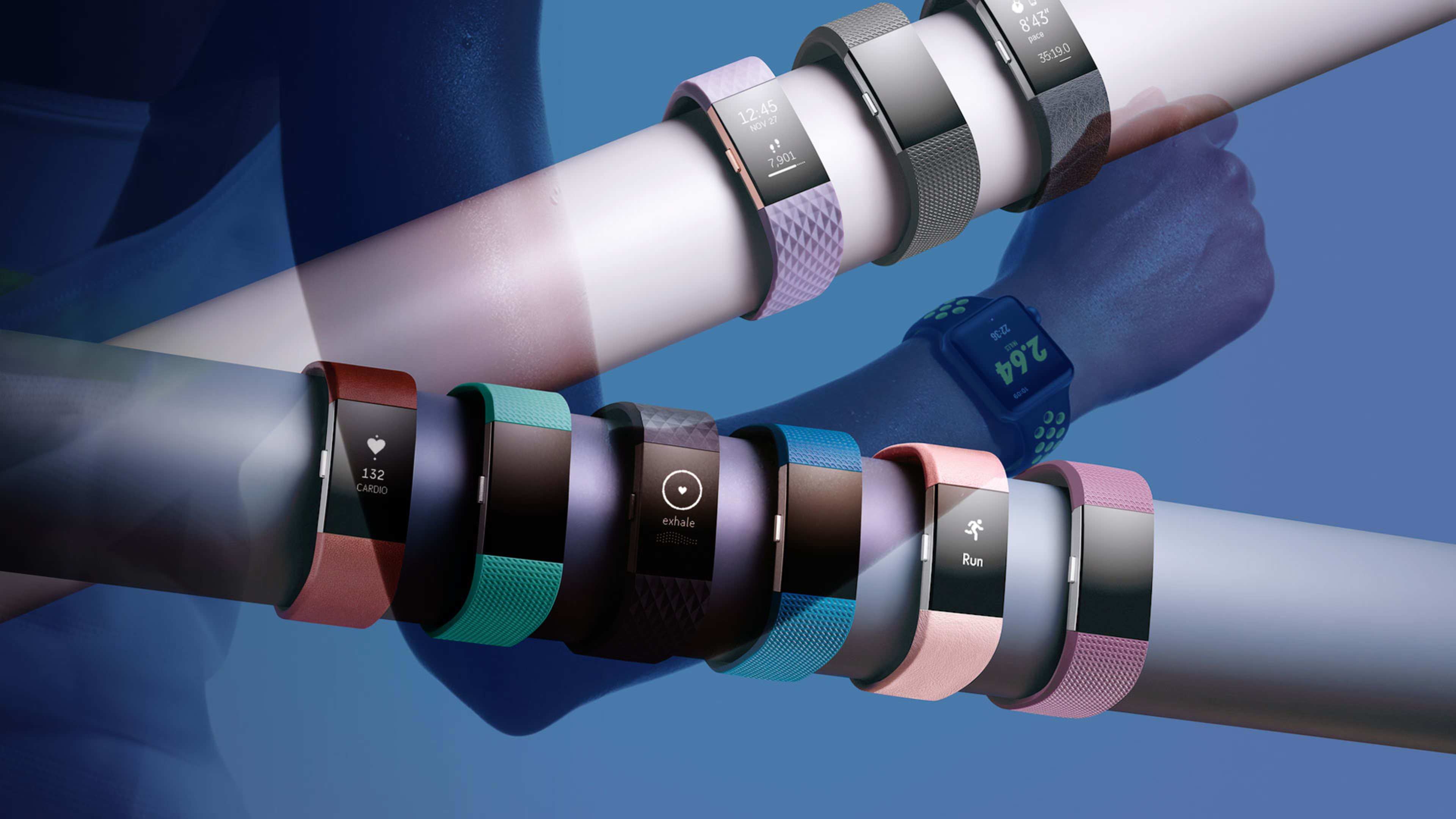It wasn’t so long ago that we were all excited about the next great computing platform: wearable devices and (especially) smartwatches.
Many people thought that by 2017 we’d be fairly dependent on our smartwatches and that many of the tasks we normally do on our smartphones would be transferred to the little computers on our wrists.
That wasn’t to be. Wearables, by and large, are being used for health and fitness tracking, which we can expect to remain true throughout 2017.
The great test of mobile devices is how likely we are to leave home without them. Our smartphones? Never. Our smartwatches? Well, let’s just say that if you’re already pulling out of the driveway and look down and see a bare wrist, chances are you won’t go back inside to get it.
Three years ago, Motorola, Samsung, and LG were making smartwatches that ran the Android Wear operating system. Google announced the second major version of the OS last May, and we were expecting a new wave of Android Wear-powered smartwatches to show up in Q1 2017, marking the debut of Android Wear 2.0.
That wasn’t to be either.
Samsung has said it will build all future smartwatches on its own Tizen platform. Just a few weeks ago, Motorola (Lenovo), said it would not be releasing a new smartwatch in 2017 at all. LG was the first to make an Android Wear smartwatch back in 2014, but the company released no new smartwatches in 2016, and its plans for 2017 remain unclear.

The smartwatch category as a whole has failed to connect with the general public. Since the start of 2015, approximately 35 million smartwatches have shipped, compared to 385 million tablets and 2.9 billion smartphones. “In 2016 . . . for every smartwatch shipped, 10 tablets and 78 smartphones will have been sold,” Above Avalon analyst Neil Cybart wrote in a recent research report.
The only smartwatch that looks like it has much of a future right now is the Apple Watch.
The Apple Watch, analysts believe, had a decent first year after its launch in April 2015. Apple doesn’t report the numbers, but the industry estimates the device sold between 10 million and 15 million units.
Tim Cook said the Watch saw its highest demand ever over this holiday season, prompting some analysts to speculate that 4 million to 5 million Apple Watches will sell during the fourth calendar quarter of 2016.
If those numbers are correct, and if they continue into 2017, the Watch may start to make an upward sales arc toward the mass-market acceptance enjoyed by other Apple products.

Cybart says Apple Watch will dominate the smartwatch category in 2017 and it will start to influence the rest of the wearables space more directly. “The sales gap between smartwatches and fitness & health trackers will shrink, and competition begins to emulate Apple Watch much more closely,” he explained via email. This could mean that wearables makers will try to imitate the design of the Apple Watch. It could also mean that fitness tracker makers like FitBit will accelerate the process of putting smartwatch-like features (including notifications and mapping) into their products.
But it’s also true that many, many people still don’t see a good reason to purchase a smartwatch, from Apple or anyone else. The public understands the benefits of tracking steps, exercise, and sleep, but all you need for that is a FitBit, which, it just so happens, has consistently sold millions more than the Apple Watch every quarter.
But even fitness trackers like FitBit hit a wall in 2016, with the market plateauing. FitBit suffered a disappointing third quarter this year, and the company has been extremely cautious about holiday quarter sales.
So for 2017 to be a healthy year for wearables, the companies making them will have to change the minds of lots of people about why they need a fitness tracker or a smartwatch in their lives. And marketing messages might not be enough. The device makers will have to create products that, packed with indispensable new features and functions, make the point themselves.
Recognize your brand’s excellence by applying to this year’s Brands That Matter Awards before the early-rate deadline, May 3.
